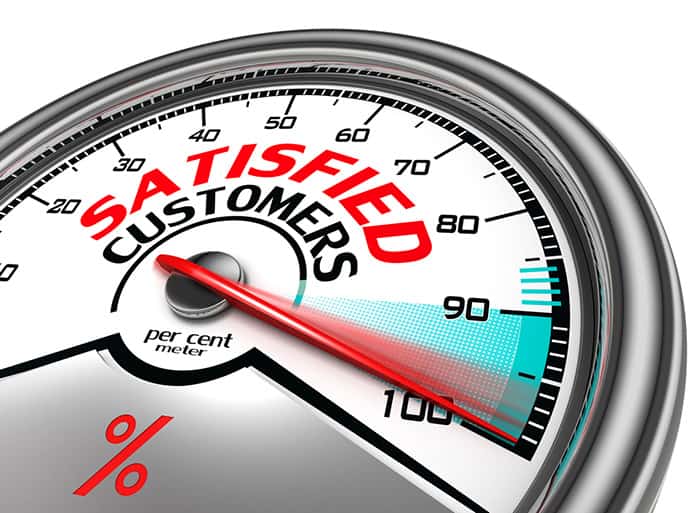It’s true that the COVID-19 pandemic put a wrench in our plans to grow this year. Yet, instead of being disheartened about the current state of your business and future prospects, now is the time to see how you can reinvent your company and keep your customers.
This means: developing a post-pandemic customer support strategy.
In this post, we will look at creative and successful ways to bring your post-pandemic customers back to your business.
How to Provide Excellent Post-Pandemic Customer Support
To ensure that your customer relationships outlast the coronavirus pandemic, it is important to have a customer-first strategy. This includes understanding what your customers need from you and how you can offer that in a safe and secure way. Take time to devise a post-pandemic customer support strategy in a way that elevates your customers and your customer support team. Let’s look at these 5 ways to win back post-pandemic customers.
1. Gather New Customer Insights & Preferences
The first step to implementing a customer-first strategy for your post-pandemic customers is focusing on what they need. Gather information about customer insights and preferences by asking them, conducting social media polls, and getting your marketing team on task. Brainstorm ways in which you can surprise your customers or make them feel valued. Thank you notes or emails, complimentary presents for using your service, etc., are some ways to get their attention and make them feel welcomed.
2. Demonstrate What You Are Doing to Stay Safe
Since individual and collective safety is of utmost importance at this time, you will need to show your customers what your business is doing to stay safe. Social media posts and an email detailing your safety plan can go a long way in gaining their trust. Some ways to display good and safe practices include:
- Mandating face masks when in your store
- Maintaining social distancing
- Ensuring the availability of hand sanitizers
- Offering flexible return to business policies
- Keeping your website and online transactions secure from hackers
- Highlighting employee safety regulations; what employees are doing to stay safe and healthy
All of this information not only educates your customers about the virus and how your business is dealing with it but also helps them trust you and your employees enough to make a purchase.
3. Offer Multichannel Communication & Support
Another key element to include in your post-pandemic customer support strategy is to make your business available via multiple channels. Besides offering phone and email support, you may even consider other channels of communication. For example, instant messaging, social media engagement, live chat, and video conferencing. Video conferencing can go a long way in interacting with a potential customer, doing product demonstrations, and securing their purchases.
4. Prepare for Antsy and Worried Customers
Now this one is important. There is general anxiety all over the world right now. And so, your customers may be angry, worried, or antsy. But be mindful and respectful of this. Treat them with kindness. Be prepared with solutions to their issues and concerns. And you will gain global customers for the long-run.
5. Make it Easy for Customers to Come Back to Your Business
Encourage your post-pandemic customers to come back. It is not going to be easy, which is why your business must attempt to make it convenient for them to return. Shower them with deals and promotions, membership programs, let them know how much you miss them. These actions will reap results in the future when everything opens up again.
Prepare For When the Pandemic is Over
Take time to improve your business’ post-pandemic customer support. Remember that even if customers do not immediately start purchasing from your business, they will remember the above initiatives when the pandemic is over. They will know that your business did everything it could to ensure safety and customer satisfaction, and that will also influence them to come back. Work now so that when COVID-19 is gone, your business is the first thing customers think about!








